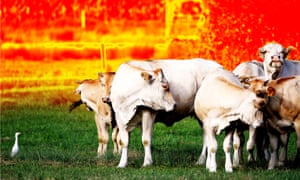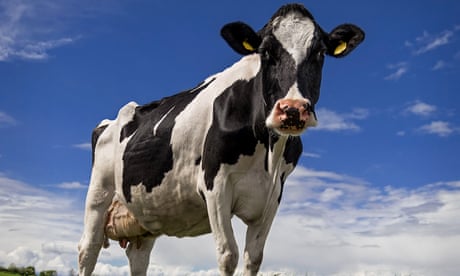Malaysia's 1MDB state fund still $7.8 billion in debt: government report
KUALA LUMPUR (Reuters) - 1Malaysia Development Berhad (1MDB), the state fund at the centre of a massive corruption scandal, still had an estimated 32.3 billion ringgit ($7.80 billion) in outstanding debt as of September, the government said on Friday.

© Reuters/Olivia Harris A man walks past a 1 Malaysia Development Berhad (1MDB) billboard at the funds flagship Tun Razak Exchange development in Kuala Lumpur
Set up in 2009 by former prime minister Najib Razak, authorities are investigating how billions of dollars went missing from 1MDB - a disappearance the government says led to the finance ministry having to bail out the fund.
Malaysia said in 2018 the government would have to pay about $13 billion of 1MDB's dues.
Since April 2017, the government has provided 9.4 billion ringgit in loans and advances to help 1MDB meet its financial commitments and debt obligations, according to the 2021 fiscal outlook report, released ahead of the government's budget announcement on Friday.
Malaysia has also recovered a total of 13.4 billion ringgit ($3.24 billion) in assets linked to 1MDB's financial trail as of the end of September, the report said.
The amount includes about 2.6 billion ringgit ($628 million) in cash and assets recovered and returned to Malaysia by the U.S. authorities, as well as $2.5 billion paid by Goldman Sachs to settle a Malaysian probe into the investment bank's role in the 1MDB scandal.
Set up in 2009 by former prime minister Najib Razak, authorities are investigating how billions of dollars went missing from 1MDB - a disappearance the government says led to the finance ministry having to bail out the fund.
Malaysia said in 2018 the government would have to pay about $13 billion of 1MDB's dues.
Since April 2017, the government has provided 9.4 billion ringgit in loans and advances to help 1MDB meet its financial commitments and debt obligations, according to the 2021 fiscal outlook report, released ahead of the government's budget announcement on Friday.
Malaysia has also recovered a total of 13.4 billion ringgit ($3.24 billion) in assets linked to 1MDB's financial trail as of the end of September, the report said.
The amount includes about 2.6 billion ringgit ($628 million) in cash and assets recovered and returned to Malaysia by the U.S. authorities, as well as $2.5 billion paid by Goldman Sachs to settle a Malaysian probe into the investment bank's role in the 1MDB scandal.

© Reuters/LIM HUEY TENG Former Malaysian Prime Minister Najib Razak arrives at Kuala Lumpur High Court in Kuala Lumpur
Goldman Sachs, which had helped 1MDB raise a total of $6.5 billion in bonds, has also guaranteed to help Malaysia recover $1.4 billion more in 1MDB-linked assets.
The United States has said about $4.5 billion was stolen from 1MDB in an elaborate scheme that spanned the globe and implicated high-level officials of the fund, former prime minister Najib, Goldman executives, and others.
Malaysian authorities say billions of dollars remain unaccounted for.
($1 = 4.1390 ringgit)
(Reporting by Rozanna Latiff; Editing by Ed Davies)
Goldman Sachs, which had helped 1MDB raise a total of $6.5 billion in bonds, has also guaranteed to help Malaysia recover $1.4 billion more in 1MDB-linked assets.
The United States has said about $4.5 billion was stolen from 1MDB in an elaborate scheme that spanned the globe and implicated high-level officials of the fund, former prime minister Najib, Goldman executives, and others.
Malaysian authorities say billions of dollars remain unaccounted for.
($1 = 4.1390 ringgit)
(Reporting by Rozanna Latiff; Editing by Ed Davies)














